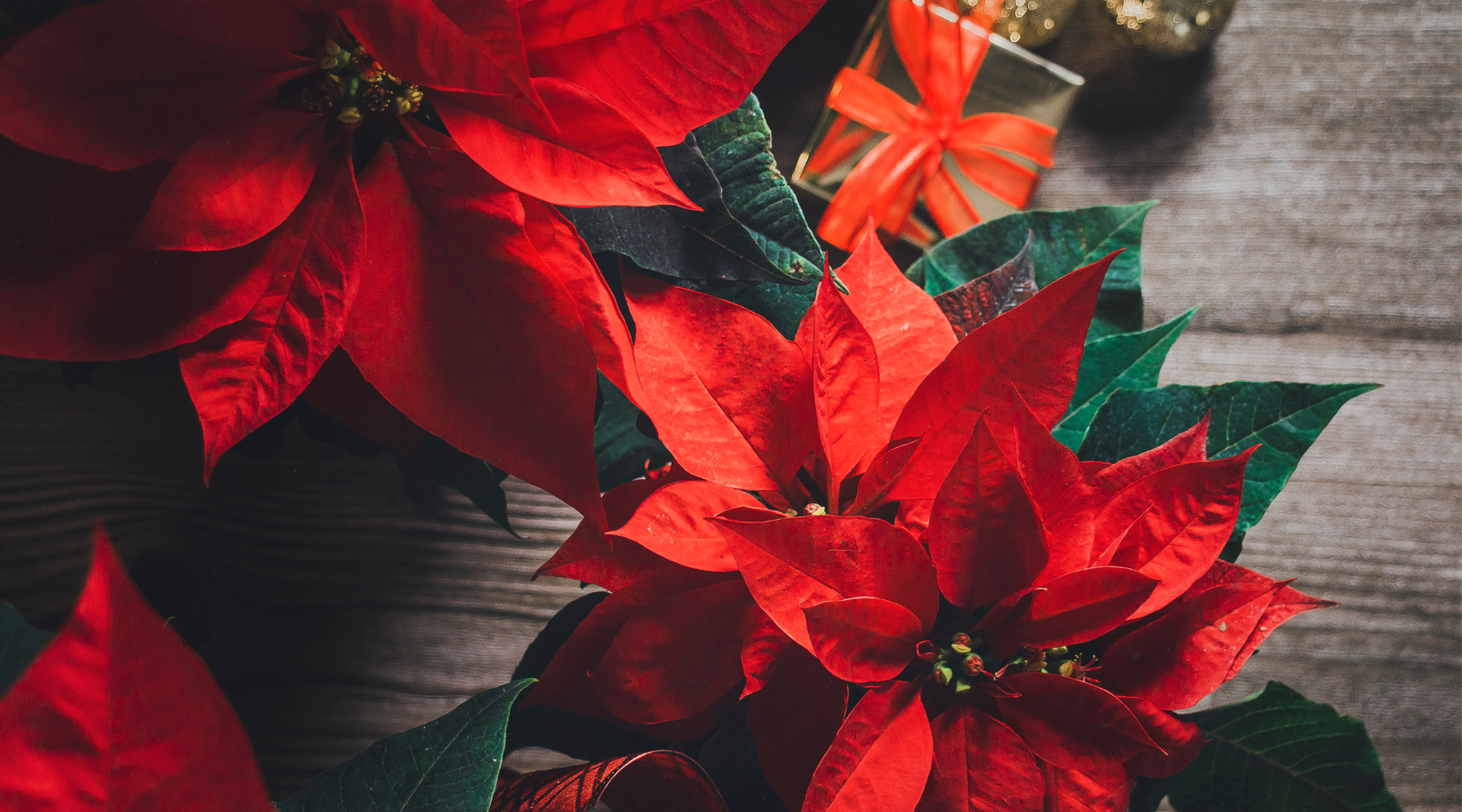What Is a Joshua Tree?
What is a Joshua tree? Besides being the namesake of the Joshua Tree National Park, this desert plant is an integral part of the ecosystem. Here is a closer look at this unique yet strangely shaped vegetation.

What Is a Joshua Tree?
One of the fun facts about the Joshua tree is that it is not a tree at all. This flowering plant thrives in elevations up to 6,000 feet and primarily lives in the Mojave Desert. Joshua trees grow between 1/2 to 3 inches a year, have a diameter between 1 and 3 feet and can end up between 15 and 40 feet tall, though some have grown to as high as 70 feet.

How Did the Joshua Tree Get Its Name?
Scientifically known as the Yucca brevifolia, the Joshua tree is part of the Agave family. It formerly belonged to the Lily family. In the 1800s, Mormons in Utah called the Joshua tree simply "the Joshua." Settlers in California called it "yucca palm" or "tree palm." By the 1900s, the name Joshua tree became popular.

How Does a Joshua Tree Flower and Reproduce?
Joshua trees do not bloom every year. There must be enough water during the year and a winter freeze for the Joshua tree to bloom. Some of the trees don't ever bloom. If you see a tree with no branches growing straight up, it has never bloomed before. When the Joshua tree does bloom, it is usually between February and April, although some have blossomed in November.
What is a Joshua tree pollinator? The yucca moth. The female yucca moth takes pollen from one flower to the next. The moths lay their eggs in the flowers, and when they hatch, they eat the seeds. Pollination helps the Joshua tree produce oblong-shaped green or brown fruit, which small rodents and other mammals eat.
As far as reproducing, Joshua trees have an intricate root system. One Joshua tree can have hundreds of roots. Some roots grow deep, while others only grow 1 to 6 inches. Some trees end up cloning themselves by producing genetically identical shoots. Cloning is the primary way that Joshua trees reproduce. Other ways are the wind and animals spreading the seeds when they eat the trees' fruits.

What Is a Joshua Tree Used For?
Not only does the Joshua tree help the yucca moth, but it also provides food and shelter for several animals, including:
- Cover for scorpions, spiders and lizards
- Housing for lizards in dead branches and leaves
- A place for birds to build nests
- Nest-building material, such as spiny leaves, for woodrats
Over the years, Joshua trees have also provided trunks to build fences, pulp for paper and leaves to make baskets and sandals. The Joshua tree is an essential part of the desert ecosystem; many animals would not fare as well without it.

What Is a Joshua Tree Environmental Cause You Can Support?
Due to climate change, Joshua trees are not reproducing or flowering much. If this trend continues, the trees will become endangered. So what is a Joshua tree cause that can help? Purchase these unique hand-drawn Joshua tree shirts and gifts. A donation will go toward nonprofits and planting trees. Save trees with every purchase!

Sources:
https://www.nps.gov/jotr/learn/nature/jtrees.htm
https://www.thetravel.com/why-is-joshua-tree-so-famous/
https://www.nwf.org/Educational-Resources/Wildlife-Guide/Plants-and-Fungi/Joshua-Tree
https://blog.tentree.com/10-facts-about-the-incredible-joshua-tree/
https://modernadventure.com/magazine/october-2018/all-about-joshua-trees/















Linda Wright
February 20, 2025
The 1960’s TV show filmed a show in Joshua Teee never talking about the importance of the Joshua Tree.